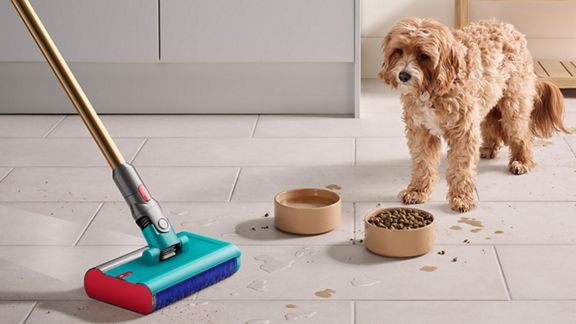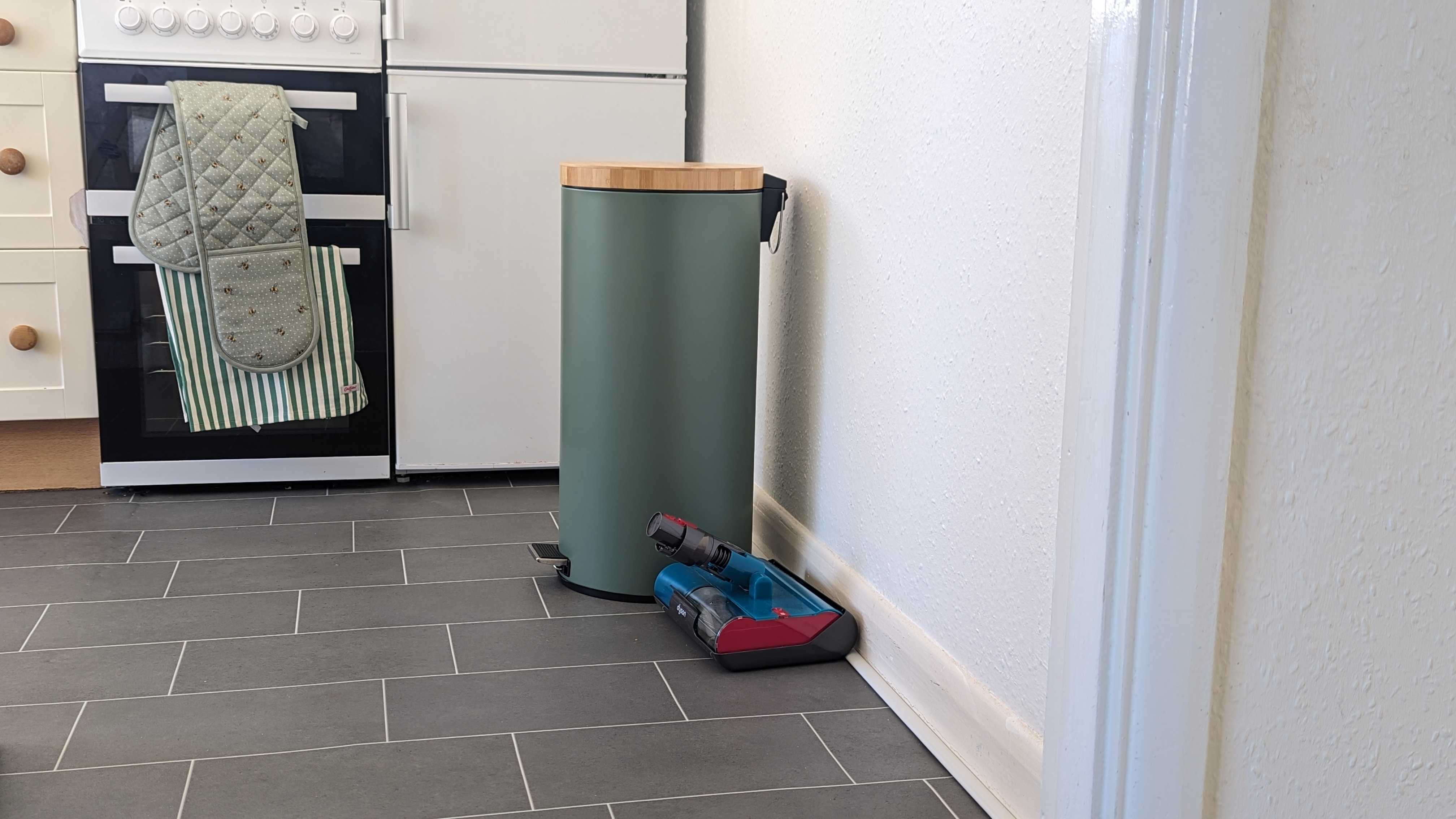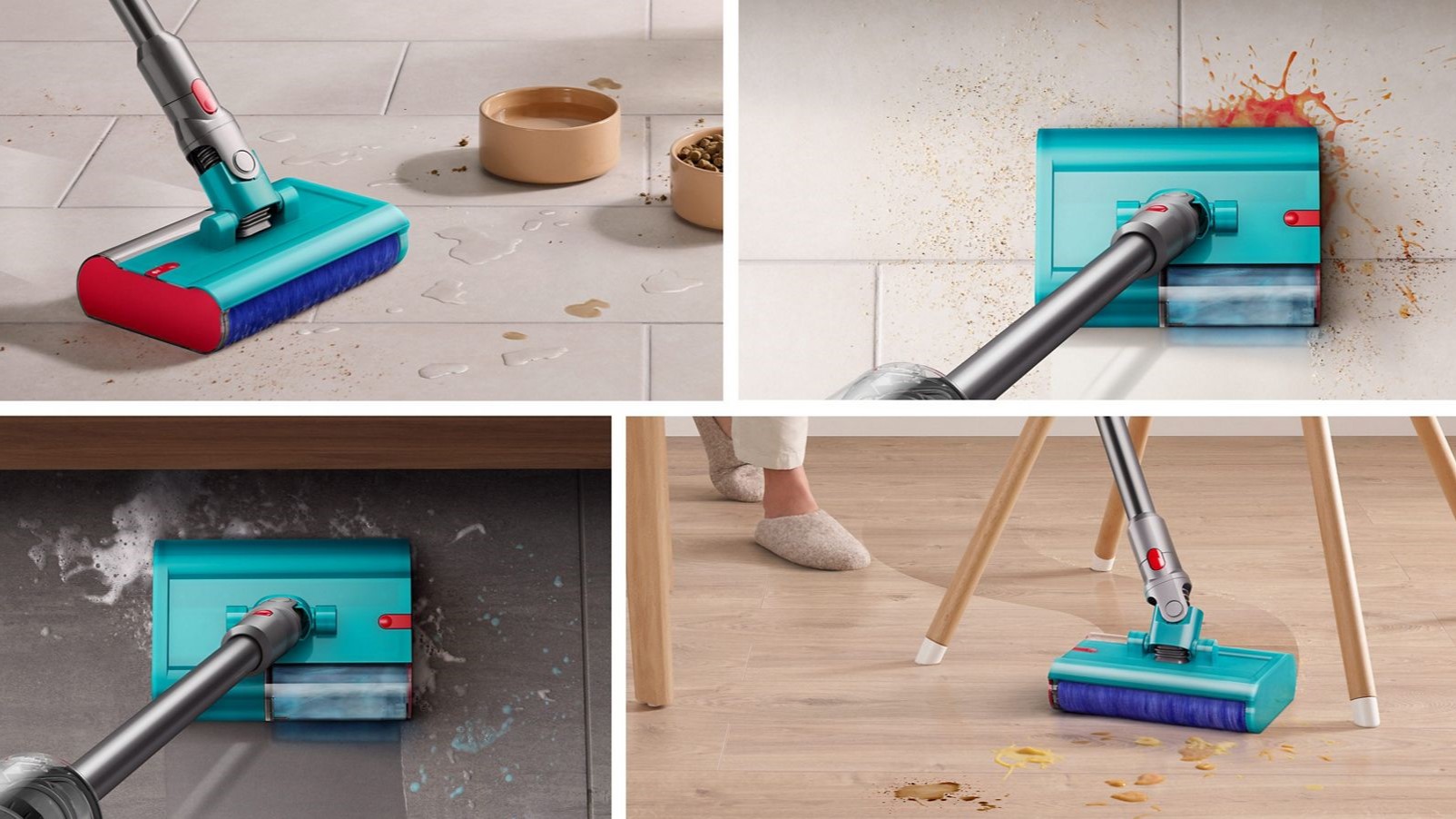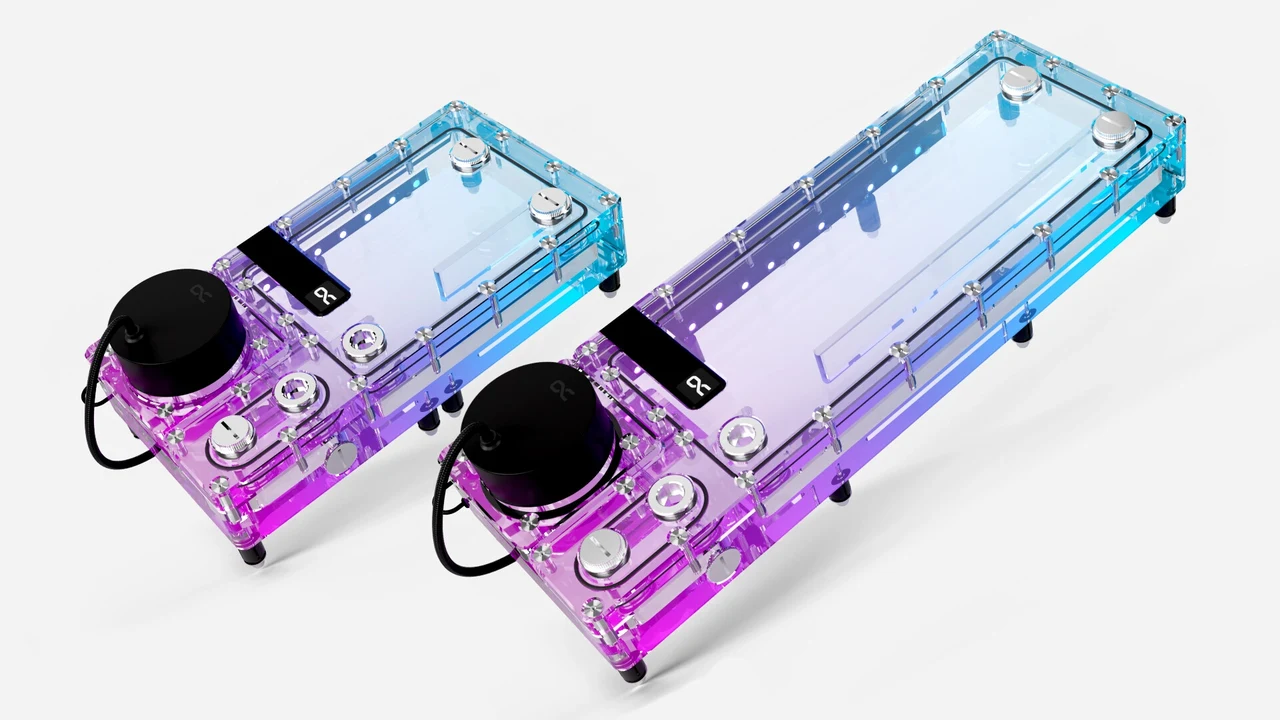[ad_1]
It’s all in the beans. Nothing will improve your morning coffee like grinding the beans right before you brew. It doesn’t matter whether you’re rocking a fancy liquid-cooled-quantum-AI-powered espresso machine or a $30 Mr. Coffee—making the switch to whole beans will transform your coffee-drinking experience. We have advice at the end of this article on finding good whole beans (you might want to read our Best Coffee Subscriptions guide). Once you have your beans, it’s time to grind ’em up fresh each day. These are the best coffee grinders we’ve tested.
Be sure to check out our other coffee-related buying guides, like the Best Latte and Cappuccino Machines, Best Portable Coffee Makers, Best Espresso Machines, and Best Portable Espresso Makers.
Updated April 2024: Added the Eureka Mignon Filtro, Fellow Tally Pro scale, an Honorable Mentions section, and an Avoid section.
Special offer for Gear readers: Get WIRED for just $5 ($25 off). This includes unlimited access to WIRED.com, full Gear coverage, and subscriber-only newsletters. Subscriptions help fund the work we do every day.
What Is a Conical, Flat, or Blade Grinder?
Photograph: Iryna Veklich/Getty Images
Our list consists mostly of conical-burr grinders. In a conical grinder, coffee beans are crushed and ground between two rings of burrs. They deliver a finer, much more consistent grind than you’d get with a traditional blade grinder, even the nicest ones.
Flat-burr grinders are similar, but they’re typically more expensive. In these, the burrs are laid on top of each other, and the beans pass through them as they grind. The grinder action pushes the grounds out of one end, instead of relying on gravity like a conical-burr grinder, and the beans spend more time in contact with the burrs. This results in a more consistent grind, but for home brewers, conical-burr grinders are just as good—even if they require more maintenance and don’t result in consistent down-to-the-micron-scale grounds.
Blade grinders have a chopping blade that spins around like a food processor. But blades don’t produce even results. Some of your coffee will be fine powder at the bottom, and at the top you’ll have bits too large for even French press. The result is an inconsistent, unpredictable brew. These grinders are cheap, and yes, using fresh beans in a blade grinder is far better than buying ground coffee. (You can learn how to shake the beans to even your grind just a little. See world barista champion James Hoffmann’s video for some more blade grinder hacks.)
If you can afford it, we highly recommend going with one of the burr grinders we’ve listed. There’s a reason why they cost a little more than a budget burr grinder. The machinery in a high-quality burr grinder is a bit more complicated, and it’s built to withstand greater wear and tear. In cheap burr grinders, the burrs will typically get blunt from regular use, and the flimsier motors may burn out in a matter of months.
PSA: Do not put pre-ground coffee into a burr grinder. Logically, it makes sense. It’s too coarse, so you put it through again, right? No! With a burr grinder, the preground coffee gets stuck inside the burrs, and you’ll have to do some disassembly to set them to rights again.
[ad_2]
Source Article Link









